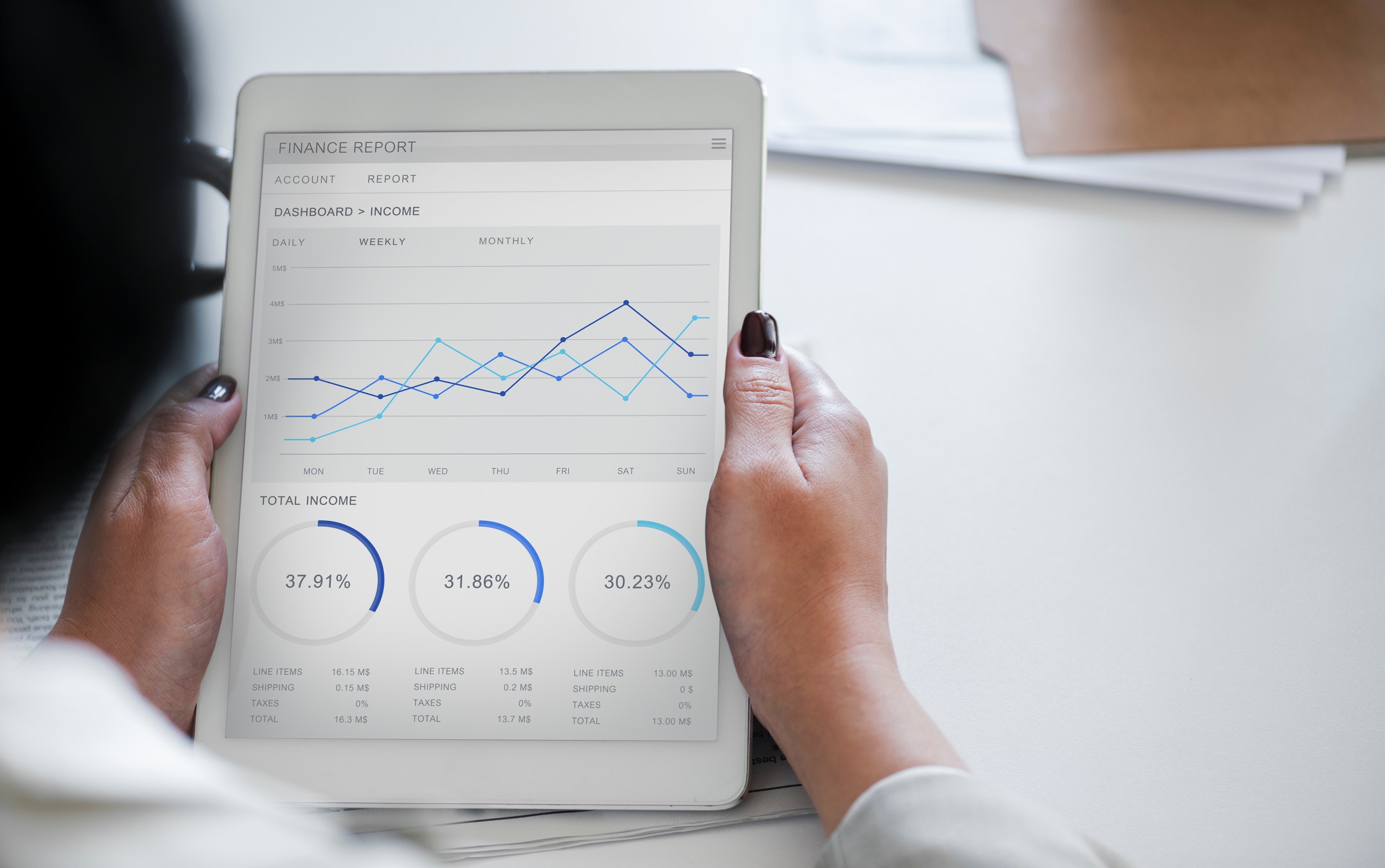
06 Jul How Much Risk Should You Take With Your Investment
So you want to make sure that you’re not taking too big of risks with your investments … but you want to take big enough risks to ensure that your investments are effective at helping you reach your goals. This can be really tricky … but it’s all about how old you are, along with what your goals are and your personality type is. There is no one-size-fits-all method of investing.
So, how much risk should you take with your investments? First, let’s talk about what investment “risk” is.
What is risk?
Some investments are riskier than others. For example, stocks are generally riskier than bonds and money market funds … but not always. It depends on the market environment too.
If someone is considered a “risk-tolerant” investor, then he might have a portfolio with 80-90% stocks while a less risky investor would only have perhaps 30-40% stocks in his portfolio.
What determines your investor risk tolerance?
You’ll want to consider your age, personality, and purpose for investing to determine your risk tolerance.
> AGE – This is the most significant factor when figuring risk tolerance. Younger people can “afford” more risk because they have more years ahead of them whereas older adults who will be retiring sooner can’t take on so much risk in case of a market downturn or recession.
If retirement is not close at hand, your investments should include stocks and stock mutual funds because you have time to regroup in case of short-term losses and to invest in long-term options that can yield higher returns.
If you’re close to retirement, it’s more challenging to withstand big market losses. Your portfolio should be more equally divided between stocks and bonds. Your goal should be to have both long-term and short-term earnings to accommodate your retirement years.
> PERSONALITY – Do you enjoy danger or safety? Are you more conservative, or do you enjoy the adventure? Either way, there’s no right or wrong. We are all naturally wired differently, and that’s okay. You want to understand your investment tendencies in relation to your personality. (For example, if you have nightmares about your investment losing $100, then you may want to invest more conservatively; if not, invest away!)
The key here is to invest in such a way that you won’t feel anxious or worried, yet you will still be able to reach your goals. It’s about balance—meeting your emotional and financial needs both today and in the future.
> PURPOSE – The reasons you’re investing should guide your investment decisions and risk level. If you’re 30 years old and investing for retirement, you can afford to be a bit riskier. But if you’re in your 40s and investing for your children’s college expenses, then you can’t afford to be as risky because you have fewer years available until you need to use the cash from your investments. Gauge your risk based on your purpose.
What about too little risk?
Yes, there is such a thing. If you are deathly afraid of risk, don’t just throw your money in a savings account; inflation will eat away at your measly investment before you know it, and you’ll have nothing (or less than nothing even). Inflation averages about 3% each year, so choose a method of investing to at least stay ahead of inflation. Even the most risk-averse investors can achieve this by selecting long-maturity Treasury bonds and other similar investments.
If you don’t take enough risks, you may have to retire at age 67 instead of age 65. Is that a risk you’re willing to take? As you can see, every decision is a risk of some kind; you have to weigh it and decide for yourself what is right for you (and your peace of mind).
Aren’t all stocks equal?
Unless you consider decaf and regular coffee equal, the answer is “no!”
The risk of some stocks is very low while it’s higher for others. You’ll want to investigate the beta number of stock to determine how risky it is. This number represents how sensitive the stock is to market variability—the higher the number, the riskier; the lower the number, the less risky.
But the beta number isn’t the only thing you want to consider a stock’s risk factor. You also want to evaluate its profit history, growth rate, current value, dividend history, and business stability as well.
What about the market environment and other life changes?
Like it or not, the condition (or mood, shall we say?) of the market really does affect your desire to take risks or not with your investments. Likewise, changing jobs, getting married, or starting a family is a life event that can also affect your risk level when it comes to investing because your perspective or life situation has changed.
The best way to deal with this is to develop a portfolio that is diversified. Consider the long term instead of the day-to-day fluctuations of the market and your account balances. Most likely, you’ll find that over time, your investments will level out and you’ll be in good shape.
Bottom line
So, how much risk should you take with your investments? There’s no one correct way to answer this question because it must be customized to your particular risk tolerance, goals, and age. What is “right” for one investor wouldn’t be “right” for another? It’s a good idea, of course, to find a balance and to ensure that your investments will indeed set you up to achieve the financial goals you have for yourself and your family. Remember, all investments involve varying levels and types of risks. These risks can be associated with the specific investment, or with the marketplace as a while. Loss of principal is possible.
If you feel like you could use a little help in determining which investments will best suit you, contact www.russellandcompany.com and get expert advice and guidance from someone who will gauge your risk tolerance and help you design a portfolio accordingly.
This newsletter was prepared by a third party company to be used on the Russell & Company and Simple Money Tips for Women websites.

